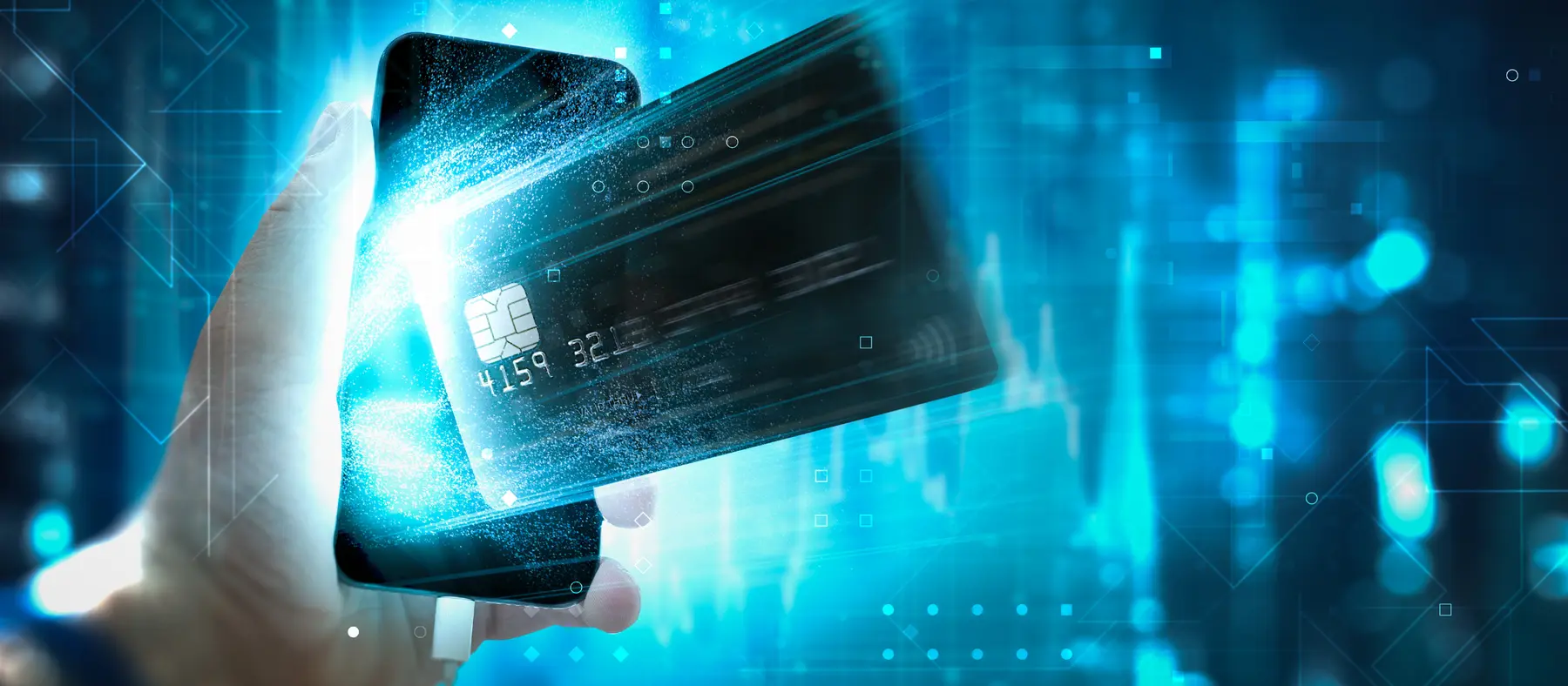A flexible way to manage your finances is understanding the differences between eWallets and traditional banking can help you make the best choice for your needs.
- eWallets are digital wallets that store your money electronically and allow you to make payments or transfers online using your smartphone or computer. They are often mobile-first and they often integrate with various online platforms for seamless transactions.
- Traditional Banking refers to the conventional way of managing your money through banks. This includes services like savings and current accounts (checking accounts), loans, and insurance products. Banks also offer online and mobile banking, but these services are typically built around their existing physical infrastructure.
Let’s explore how these two options compare and why an eWallet might be the perfect addition to your financial toolkit.
Key Differences Between eWallets and Traditional Banking
Convenience
One of the most significant advantages of digital wallets is their convenience. eWallets are designed with a mobile-first approach, allowing you to access your money and make transactions anytime, anywhere. This 24/7 access means you can manage your finances with just a few taps on your smartphone. Setting up a virtual wallet account is usually quick and straightforward, often requiring less paperwork and fewer steps than opening a traditional bank account.
On the other hand, traditional banks still rely heavily on branch-based operations, which can be inconvenient if you have a busy schedule. While many banks offer online and mobile banking options, these services may not be as comprehensive or user-friendly as those provided by digital wallets. Opening a bank account or completing certain transactions can also involve more paperwork and time.
Fees
When it comes to fees, eWallets typically charge fees for depositing and withdrawing funds depending on the payment option used. However, many virtual wallets offer super low fees or even fee-free services, making them a cost-effective option for managing your money. However, it’s important to read the fine print, as some eWallets might have hidden fees for specific services.
Traditional banks also charge a range of fees, depending on the bank and the services you use. Typically standard accounts are free, although some banks charge a monthly maintenance fee or require that you deposit a certain minimum amount each month to avoid this fee. Additionally, banks charge fees for services such as overdrafts, credit cards, cross-border transactions and sending money overseas, and account inactivity.
Security
Both eWallets and traditional banks prioritise security, but they approach it differently. eWallet companies are technology-driven and security-first, often implement cutting-edge security measures such as advanced encryption, biometric authentication (like fingerprint or facial recognition), and real-time fraud monitoring.
Traditional banks, while also highly secure, typically rely on established protocols to protect legacy systems from fraud. As these systems are often complex, banks face challenges in implementing the latest security measures which can limit the services they are able to deliver.
Features and Services
Digital wallets are primarily focused on payment and money transfer functions. They are often integrated with various platforms, such as eCommerce, iGaming, Travel, and Forex, making them ideal for managing specific activities. However, they may not offer the same range of services as traditional banks, such as savings accounts, loans, or investment products.
Traditional banks excel in providing a broader range of services. In addition to everyday banking, they offer savings accounts, personal and business loans, investment options, insurance and mortgages.
Customer Support
When it comes to customer support, eWallets primarily offer digital channels such as email, live chat, and online help centres. While these options are convenient, response times can vary, and you might miss the personal touch of speaking directly to someone.
Traditional banks typically combine digital and in-person support options. If you value the ability to walk into a branch and talk to a representative, traditional banks might be more appealing. However, many banks have closed down branches so this personal touch is increasingly hard to find.
Accessibility
One of the standout benefits of eWallets is their accessibility, particularly for individuals who don’t have a traditional bank account. Digital wallets generally have lower barriers to entry, making them accessible to a broader range of people, including those who might otherwise be excluded from the traditional banking system. This makes eWallets a valuable tool for accessing online transactions without the need for a bank account.
However, it’s important to note that the digital nature of eWallets also means that they require access to a smartphone and internet connectivity. While this is a non-issue for many, it can be a barrier for those in areas with limited digital access.
Traditional banks typically have stricter requirements for opening accounts, such as proof of address and income, which can exclude some individuals.
Which Is Best for You?
Deciding between an eWallet and traditional banking doesn’t have to be an either/or choice. In fact, many people find that using both offers the best of both worlds. If you already have a bank account, a virtual wallet can provide added convenience and flexibility for specific activities, such as online shopping, travel, or sending money abroad. It’s a quick, easy, and often cheaper way to manage your money.
For those without a traditional bank account, a virtual wallet is a fantastic way to access online payment solutions and handle transactions without the need for a bank. With fewer requirements and lower fees, eWallets make financial services more accessible to everyone.
Explore MiFinity eWallet
Whether you’re looking to complement your traditional bank account or seeking an alternative, the MiFinity eWallet offers a secure, convenient, and flexible solution for managing your money. With super low fees, advanced security features, multi-currency accounts and a focus on making financial services accessible to all, MiFinity is a great option.
Download the MiFinity eWallet for free here
.


